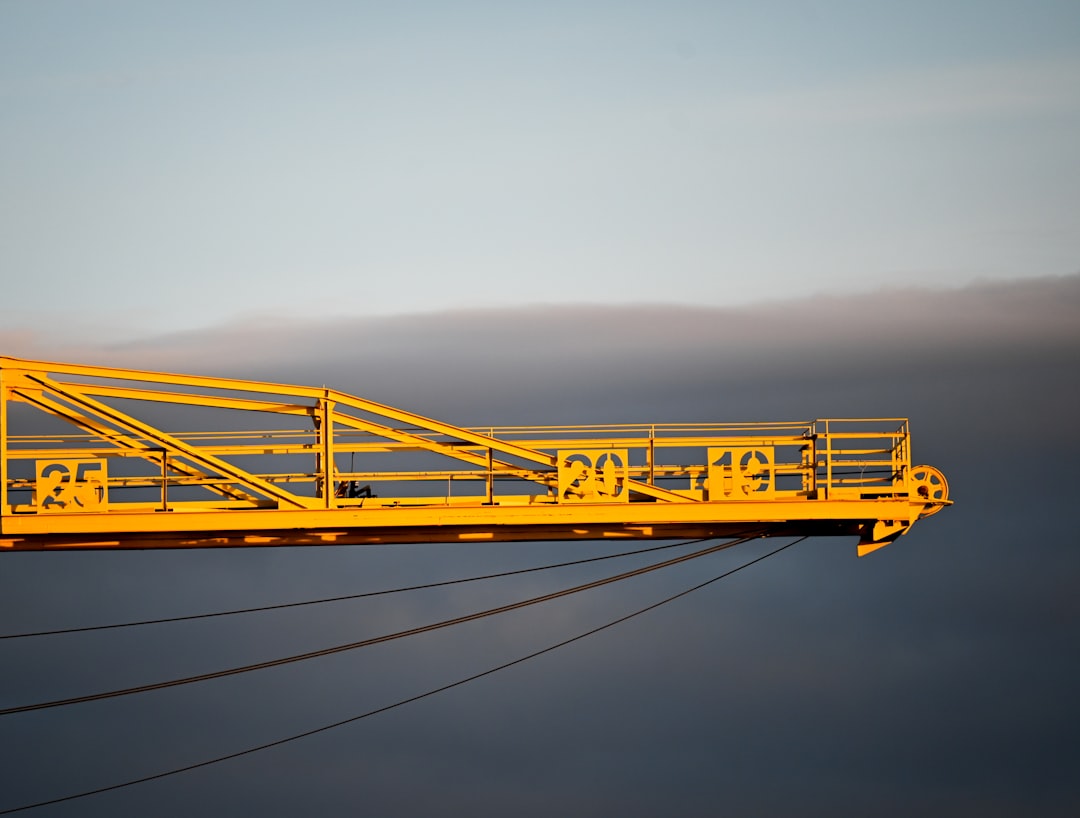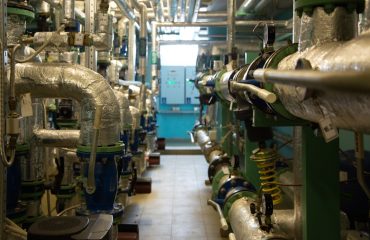High-Performance Engineered (HEA) steel profiles are revolutionizing the construction of heavy-load structures, offering superior strength, efficiency, and sustainability compared to traditional I-beams. This comprehensive guide delves into the key aspects of using HEA profiles, providing valuable insights for engineers and construction professionals.
Understanding HEA Profile Properties and Advantages
HEA profiles are characterized by their optimized geometry, resulting in significantly improved strength-to-weight ratios. Unlike traditional I-beams, HEA sections feature a wider flange and a narrower web, offering greater bending resistance and torsional stiffness. This optimized design leads to several key advantages:
- Increased Load Capacity: HEA profiles can support heavier loads with smaller sections compared to traditional I-beams, leading to cost savings and reduced material usage.
- Enhanced Structural Integrity: Their superior strength and stiffness contribute to improved overall structural integrity, making them ideal for demanding applications.
- Reduced Weight: The optimized design leads to lighter structures, reducing transportation costs and simplifying installation.
- Improved Slenderness Ratio: The wider flanges contribute to a better slenderness ratio, enhancing resistance to buckling and lateral torsional buckling.
- Sustainability: Reduced material usage contributes to a smaller carbon footprint, making HEA profiles a more sustainable option.
Design Considerations for HEA Profiles in Heavy Load Structures
Designing with HEA profiles requires careful consideration of several factors. Accurate load calculations are paramount, ensuring the selected profile can withstand all anticipated stresses. This includes:
- Dead Loads: The weight of the structure itself, including the HEA profiles, connections, and any permanent fixtures.
- Live Loads: Variable loads such as occupancy, equipment, and environmental factors (snow, wind).
- Dynamic Loads: Loads that change over time, such as seismic activity or traffic vibrations.
- Connection Design: Proper connection design is crucial for transferring loads efficiently. High-strength bolts or welds are typically employed.
- Stability Analysis: Buckling and lateral torsional buckling need to be assessed, especially for longer spans. This often involves advanced finite element analysis (FEA).
- Fire Resistance: For structures with fire safety requirements, fire protection measures might be necessary.
HEA Profile Applications in Heavy-Load Structures
The exceptional strength and efficiency of HEA profiles make them suitable for a wide range of heavy-load applications:
- Bridges: HEA profiles are increasingly used in bridge construction, providing efficient load-bearing capacity and contributing to lighter, more economical designs.
- High-Rise Buildings: Their high strength-to-weight ratio makes them suitable for use in high-rise building frameworks, reducing material costs and construction time.
- Industrial Structures: Heavy industrial applications such as factories, warehouses, and storage facilities benefit from the robustness and durability of HEA profiles.
- Offshore Structures: HEA profiles can withstand the harsh marine environment, making them suitable for offshore platforms and wind turbine towers.
- Crane Structures: Their high torsional stiffness makes them ideal for crane girders and other load-bearing components.
Comparing HEA Profiles with Traditional I-Beams
While traditional I-beams remain a viable option, HEA profiles often offer significant advantages:
| Feature | HEA Profile | Traditional I-Beam |
|---|---|---|
| Strength-to-Weight Ratio | Higher | Lower |
| Stiffness | Higher | Lower |
| Cost-Effectiveness (Often) | Higher | Lower (depending on specific application) |
| Manufacturing Process | More advanced rolling processes | Traditional rolling processes |
| Sustainability | Generally more sustainable due to reduced material usage | Less sustainable compared to HEA profiles |
Future Trends in HEA Profile Technology
Ongoing research and development continue to improve HEA profile technology. Future trends include:
- Advanced Materials: Incorporating higher-strength steels and other advanced materials to further enhance performance.
- Optimized Geometries: Continuous refinement of profile geometries through computational modeling and simulations.
- Sustainable Manufacturing: Developing more environmentally friendly manufacturing processes.
- Improved Connection Techniques: Developing more efficient and reliable connection methods to fully utilize the strength of HEA profiles.
- Digital Twin Technology: Utilizing digital twins to monitor structural performance and optimize maintenance schedules.
In conclusion, HEA profiles are a game-changer in the field of heavy-load structure design. Their superior properties, coupled with ongoing technological advancements, position them as the preferred choice for engineers seeking efficient, robust, and sustainable solutions.




